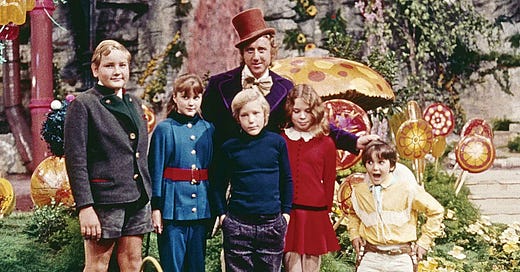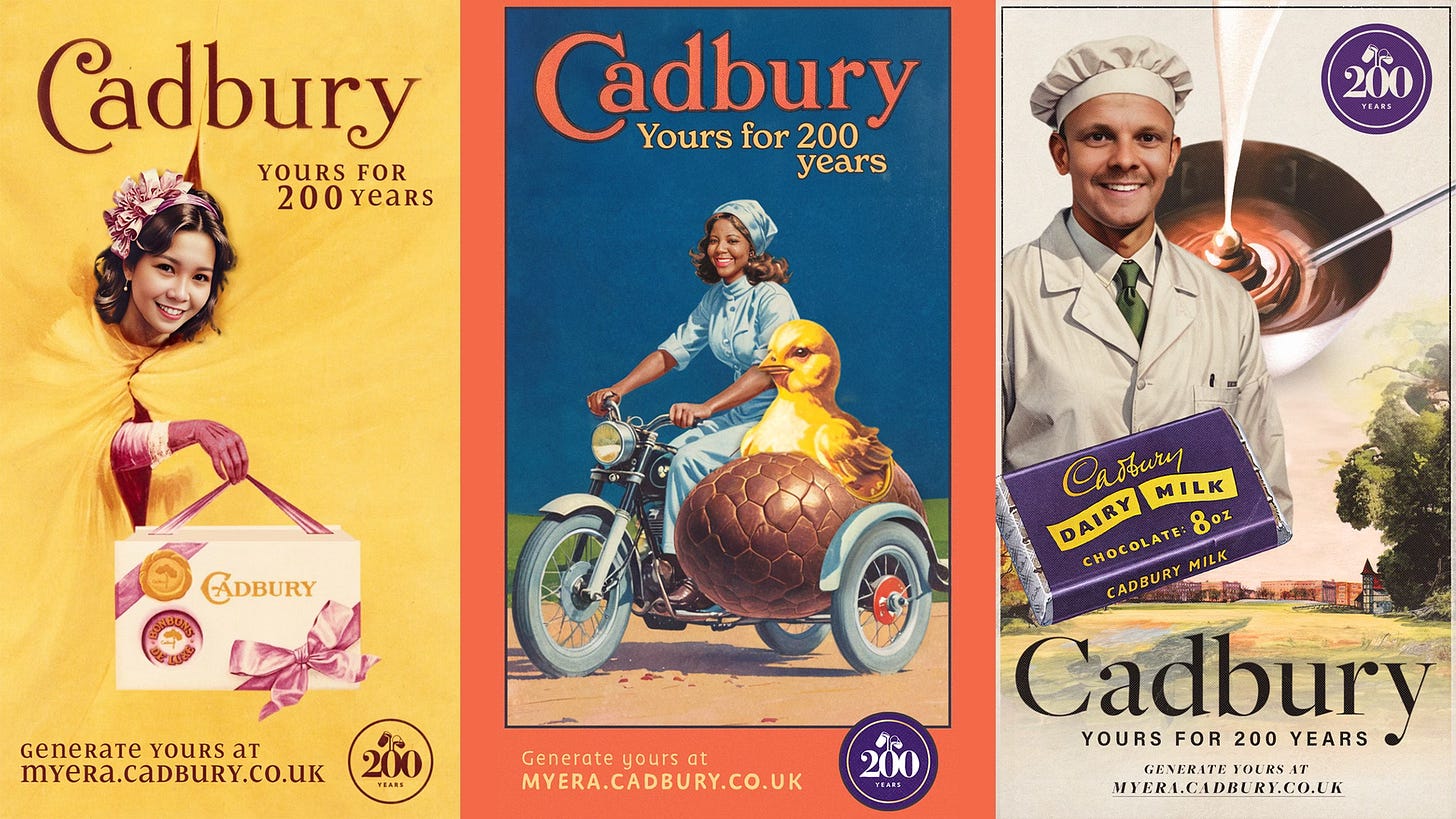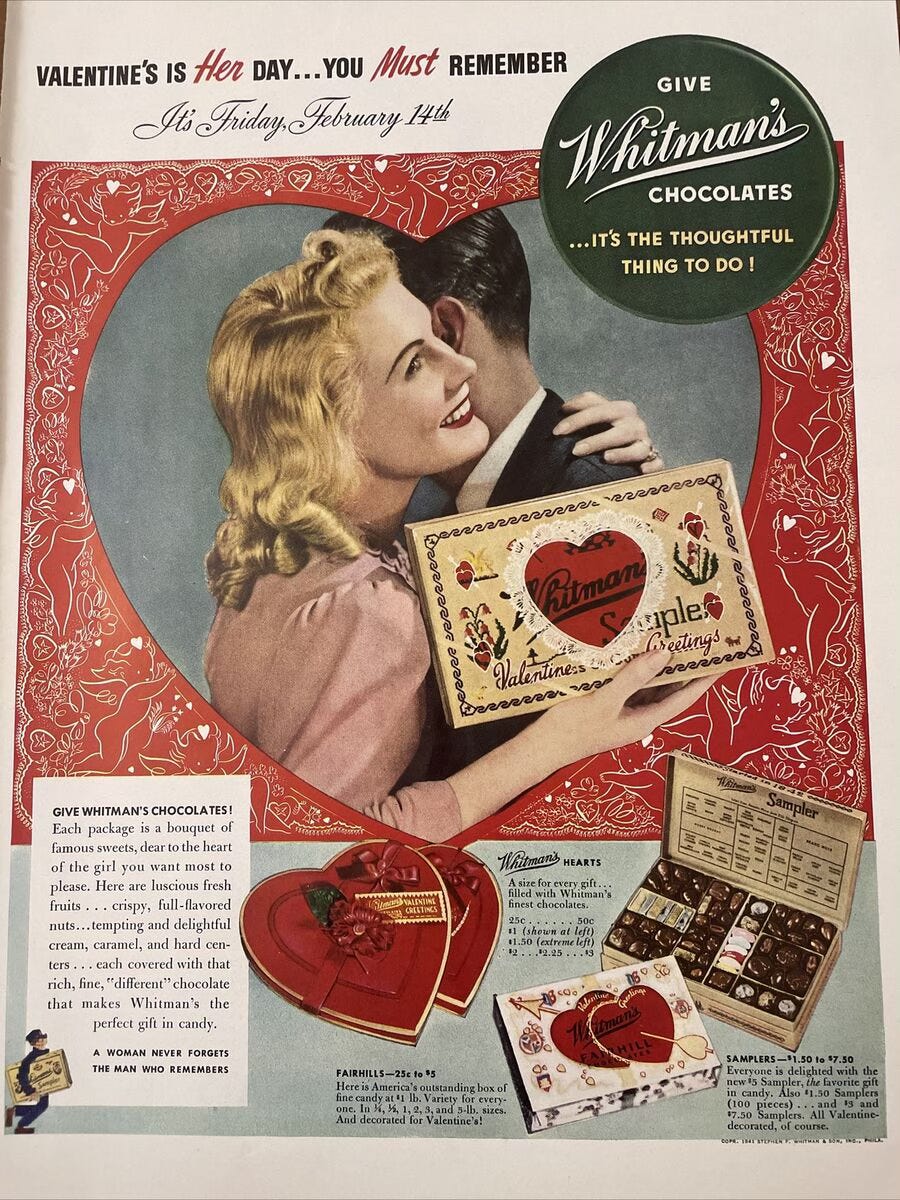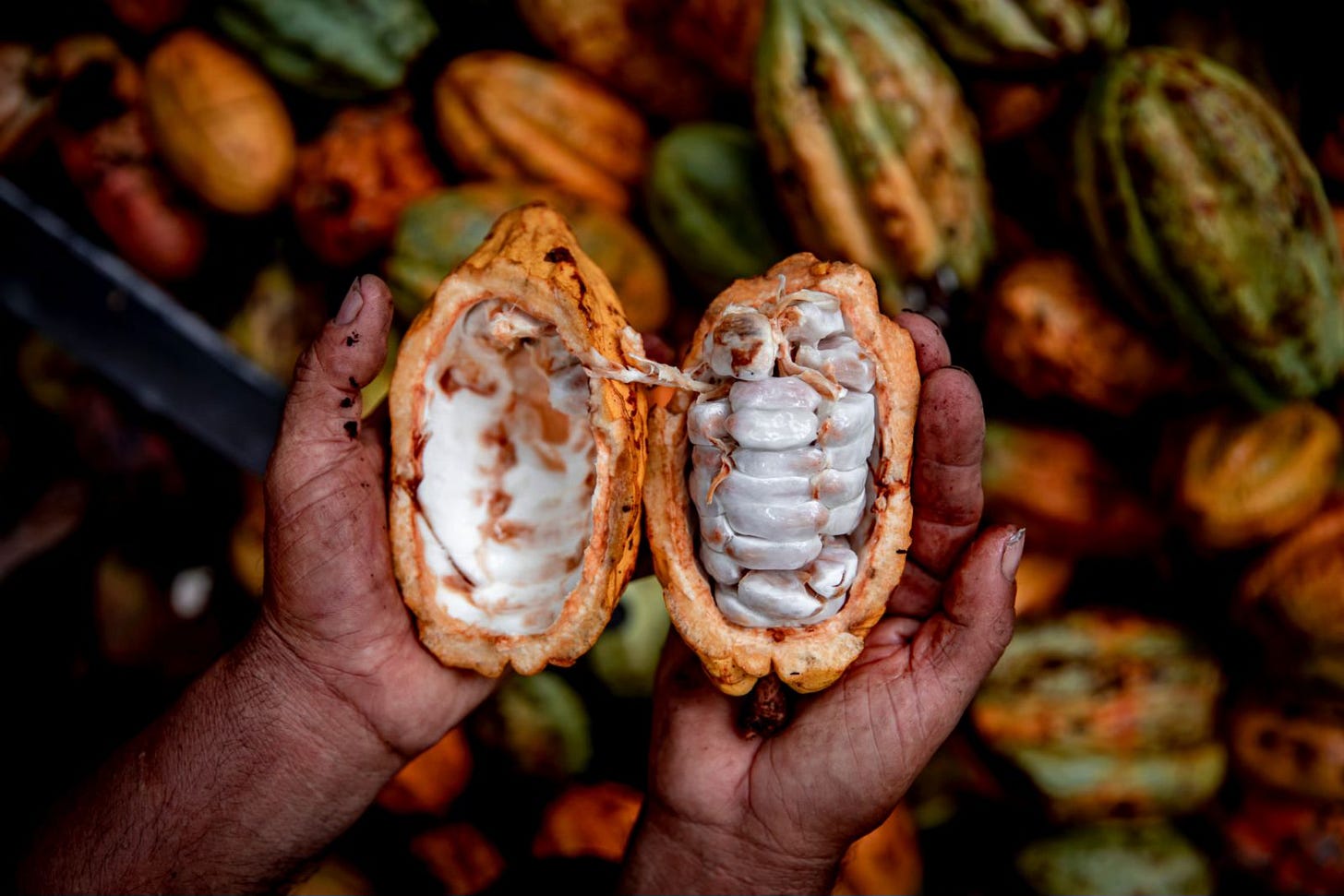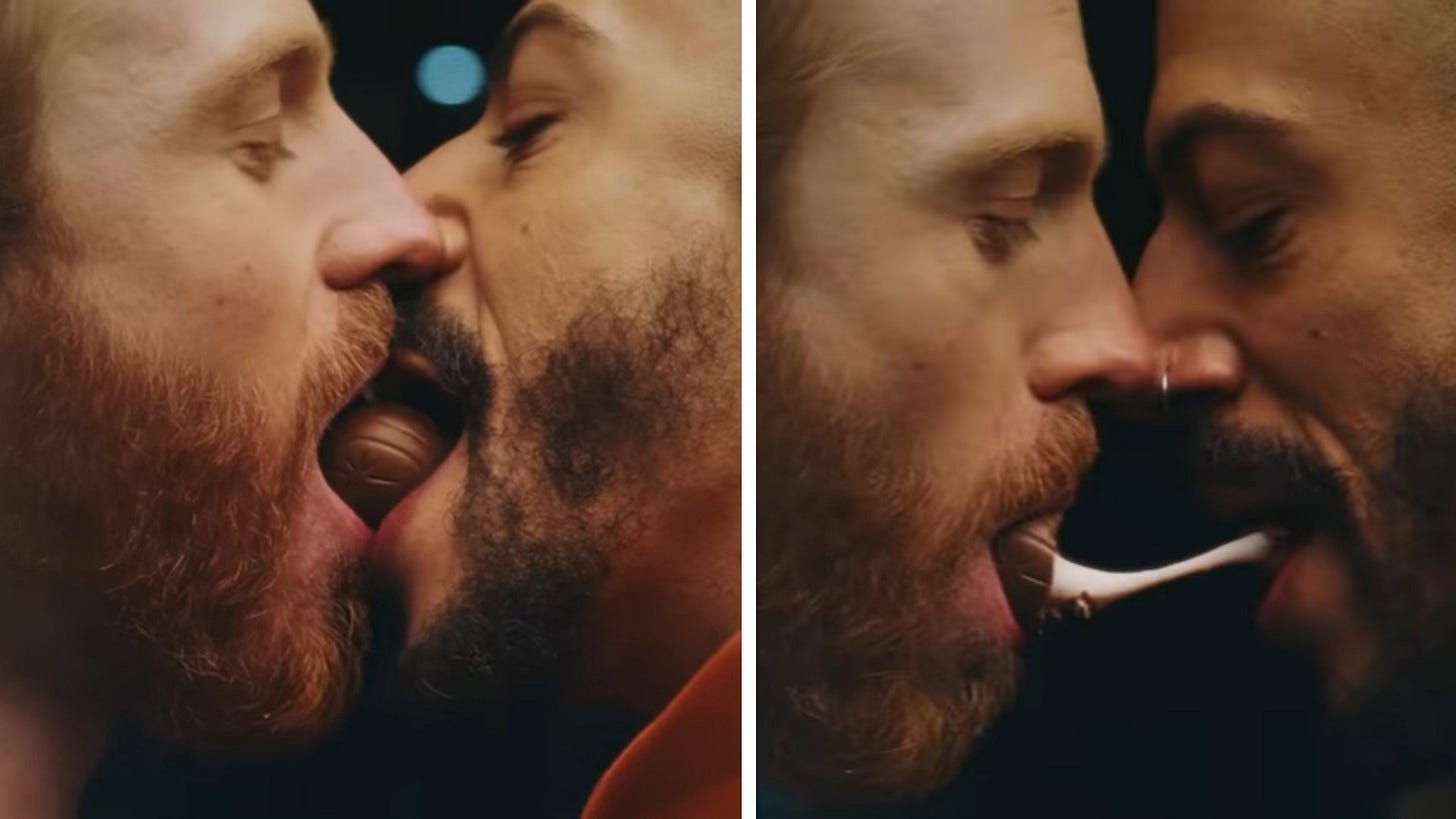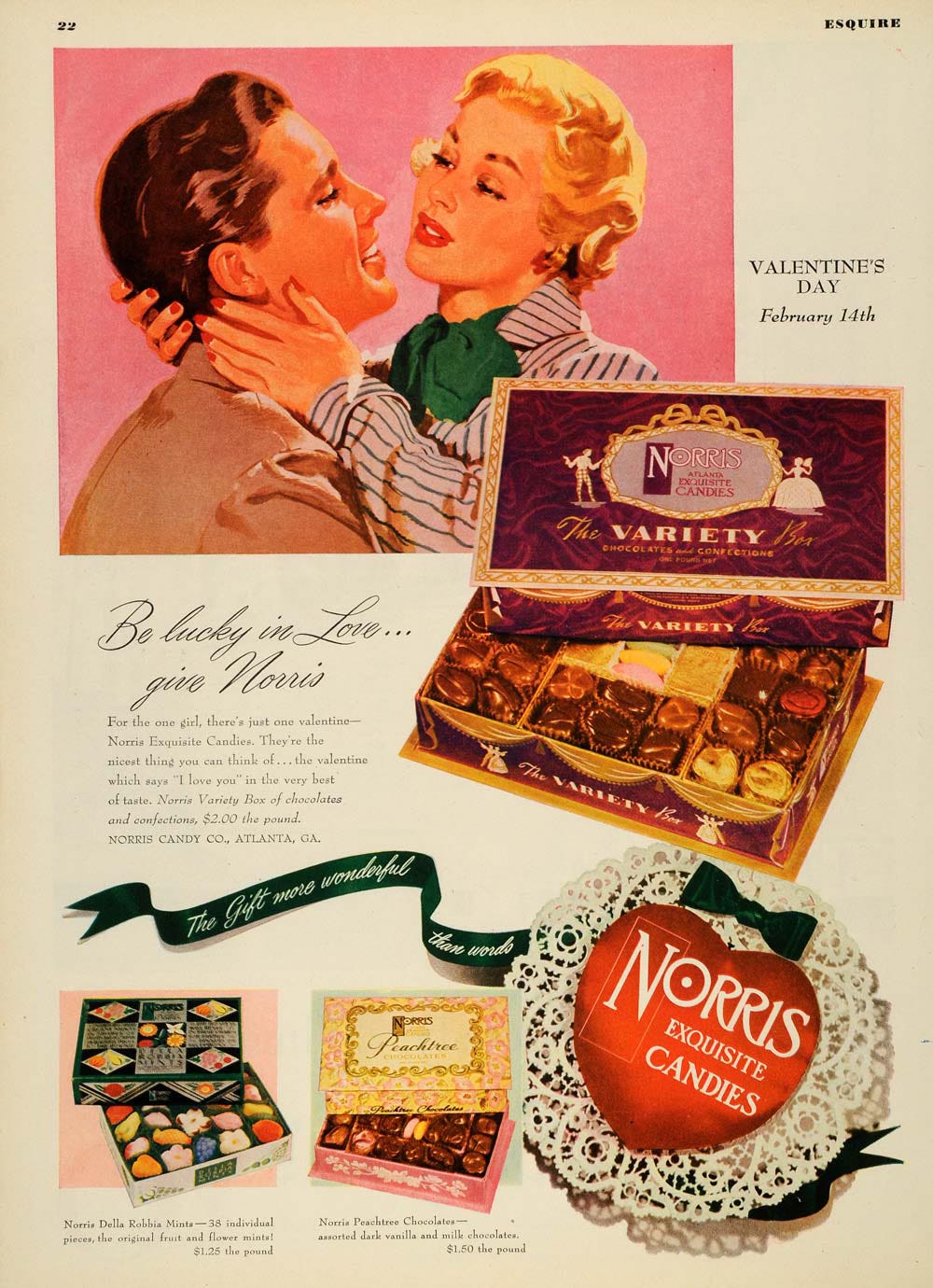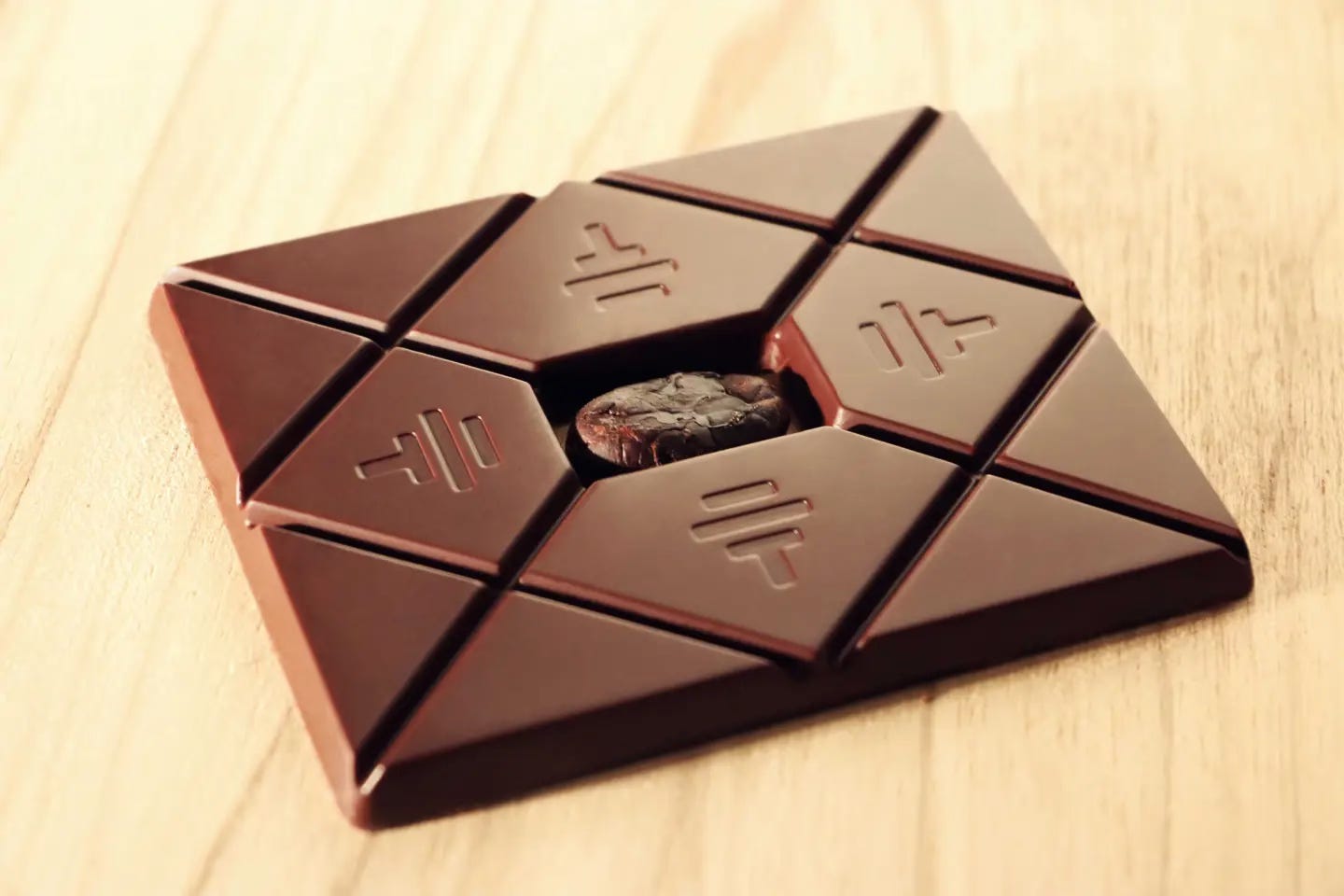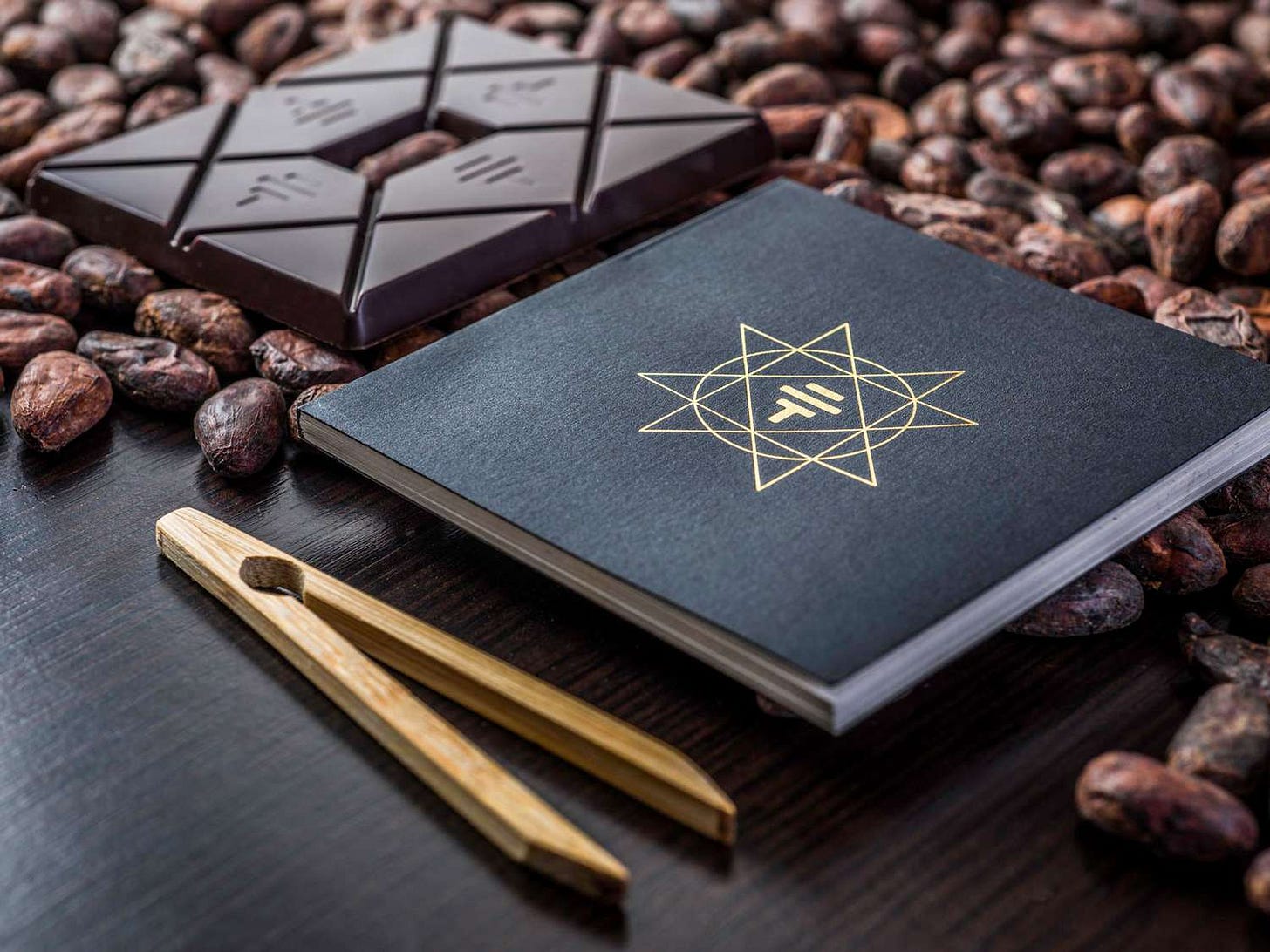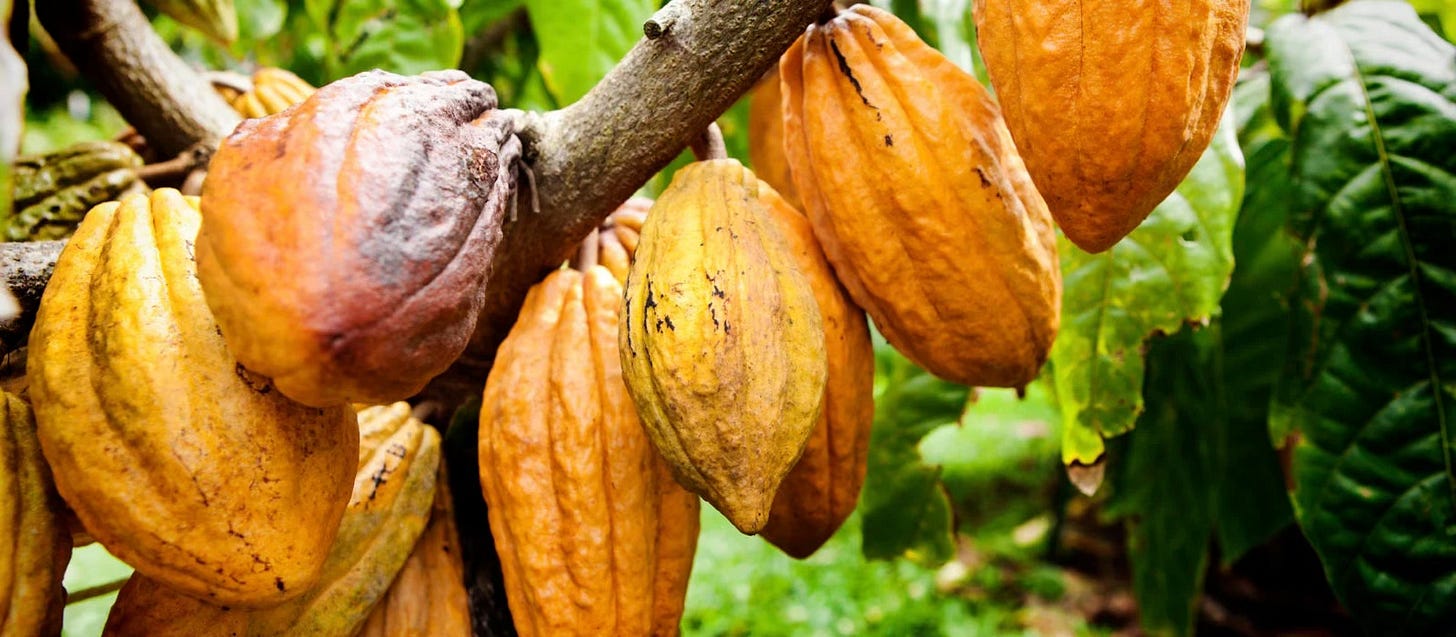Like Water for Chocolate
Whether chocolate evokes remembrance of Willie Wonka and his Chocolate Factory, an indelible Valentine’s Day or of Juliette Binoche feeding Johnny Depp in the film “Chocolat” - the substance’s magic is universal. In fact, the muti stems back to its very root - cacao beans were once used as a currency and considered to be a gift from the gods themselves. Today the finest chocolate is once again returning to its rightful place of utter splendor – a finesse and distinction on par with the finest wines and whiskies.
A little history moment
For most of its over 4000-year history chocolate was devoured as a bitter indulgence, rather than the latter day sweet association. The ancient Mesoamericans fermented cacao beans in the tropical rainforests of Central America and awakened the idea of chocolate as a mythical mood enhancer bespeak to sacred Aztec, Mayan and Olmec ceremonies. Verily chocolate only grows in the world’s equatorial belt – “it’s a tropical thing,” said Rob Crisostomo, owner of chocolate expert brand Casco Commodities in Manila. But the trajectory of chocolate is, of course, an interesting tale filled with mystique, wonder and adventure.
The Dutch and Spanish traders originally brought in Cacao in Europe as a commodity. And Spanish gallants also brought plantain materials in the 1600s to for instance the Philippines. “The Chinese circumvented the world by giant ships and bobbing next to these larger ships, small ships followed, growing soy – cacao was similar for the Spanish merchants,” said Crisostomo.
Production today
Africa is by far the biggest producer of cacao today. The Ivory Coast has traded cacao as commodity however this is what Crisostomo calls “foresteral variety” and he believes that the flavours are not as good as it's much newer or younger. Ghana is the next biggest producer and then Indonesia as the third largest.
I decided not to venture into the issues with Africa’s today slavery and problems with chocolate - let’s save that for a rainy day and end the year with just being excited for chocolate. Hard to ignore right? I know.
“There is an alkaline process created to treat cacao,” said Crisostomo. He explained: “Wet beans are fermented in a hard wood box topped with banana leaves to keep the heat to around 50 degrees. Micro organisms then causes fermentation where they eat the sugars and thus converts them to ethanol and phytic acid – this creates the chocolate flavor over 5/6 days.” After fermentation it’s the roasting process in a convection oven where the shell expands, is deshelled and then ground into a paste - the cacao liquor. “This is what we call pure roasted ground beans and it’s traditionally done in discs or tableas” said Crisostomo. These disks are exported around the world ready for the master craftsman chocolatiers to create their magnum opus.
As with wines and coffees there are varieties that proffer interesting and unique taste profiles. “We refer to it as lineage,” said Crisostomo. “Criollo, white beans from Aztec/ Americas, is known for its beautiful aromatics and is being used by niche companies and thus only makes up 5% of the market”. Then there are, what Crisostomo called, the brown or violet forastero beans from the Amazon and Brazil – “these are more common as they are easier to grow and more of a commodity as the big brands use them. Lastly Crisostomo mentions the very common trinitario, which he refers to as a “natural cross bred” bean that is often used.
The finest varietals
In the 19th century, the Ecuadorian cacao variety, called Nacional, was considered by many European chocolatiers to be the most coveted source of cacao in the world. But this golden era of Ecuadorian cacao came to an abrupt end in 1916, when an outbreak of “Witches’ Broom” disease decimated the Nacional variety throughout the country. By the beginning of the 21st century, some experts believed that the pure Nacional genotype no longer existed. This is how To’ak came into the world. Co-founders Jerry Toth and Carl Schweizer plus fourth-generation Ecuadorian cacao grower Servio Pachard decided to uncover this varietal.
“Deep into the low-lying mountains of the famous Arriba cacao-growing region, to the valley of Piedra de Plata is where we found groves of old cacao trees,” said Toth. DNA tests would later confirm the presence of the pure Nacional genotype in this valley and so they formed an association with 14 cacao growers there, from whom they exclusively source. “The finest of wines and whiskeys allow people the privilege of exploring something sublime and timeless. We wanted to offer this same privilege to connoisseurs of chocolate - elevating its making and tasting,” said Schweizer.
The To’ak 2014 Rain Harvest edition for instance was limited to 574 bars of dark chocolate - it is 81% cacao and each bar weighs 50 grams made only of cacao mass and cane sugar. In the middle of the bar is a single roasted cacao bean, which was hand-selected and hand-measured by the co-founders themselves - showcasing the raw and unadulterated flavour. “Each bar of chocolate is then packaged in a hand-crafted Spanish Elm wooden box that has the individual bar number engraved on the back. And lastly tasting tweezers (also made out of Spanish Elm) are included – to assist in perceiving the subtle aroma of To’ak chocolate without the interference of other odors that tend to accumulate in the skin of fingers and hands” said Toth. This is now the world’s most expensive chocolate, at $260 per bar – besides for the bars that include real diamonds and gold of course.
The future
“Chocolate, on its current trajectory, will have a million ton shortage in a few years or so,” said Crisostomo. But as the markets (usually) follow it will mean that more people will start planting cacao soon. “Cacao is behind other specialty products, like coffee,” said Crisostomo. “The industry consists of mostly huge companies with giant machines and they use large volumes to run plus include plenty of milk and sugar.” But as Crisostomo said, “the chocolate market is finally starting to change” he mentioned that the changes are evident in its traceability and also its growing emphasis on sustainability. And so all of this is resulting in darker (or finer) beans coming into the market and finally connecting the producer to the end users – the chocolate lovers of the world.
“Today people are waking up to better quality - the norm will be less chemicals, more information etc.," said Crisostomo. He believes that as with more and more products and commodities across the board the question of “who is carrying/paying the social cost” will become the bigger conversation. Today cheap untraceable chocolate is everywhere, from duty free to Times Square’s M&M store to inside many Christmas stockings – but the finest of the finest will soon be much more coveted. “In ancient times, chocolate was considered sacred and noble. In the industrial era it was cheaper and mass-produced,” said Crisostomo.
Today things are changing not just in chocolate but also in finer foods in general. “People are now interested in finer things and that includes the origin of the product and also knowing its ingredients. Chocolate is showing just that with a new focus on transparency and the exact path of production,” said Sébastien Jeanneret, founder of DeLafée International SARL in Switzerland specializing in chocolate with touches of gold like their truffles selling at about $13 per truffle.
The industry is rapidly evolving for the better and as Jeanneret said chocolate is “not for nourishment, it’s an emotional purchase.” And so people are starting to take more care in every chocolate purchase made: “the general knowledge of the consumer is now so complex,” said Andy Laird, owner of Nunu chocolate in Brooklyn, New York. “It’s no longer just a candy bar; it’s savored and respected” and therefore people are prepared to pay a premium.
The industry itself is growing with chocolate industry analysts M&M predicting the global chocolate market will experience annual sales of more than $150 billion by 2025. “The barrier to entry is low – so there is a big movement in chocolate right now. It’s moving from sweet to savory and we will be seeing it in foods and in snacking more than ever before,” said Katrina Markoff, the founder of Vosges Haut-Chocolat based in Chicago. “People are interested in sophisticated flavors and besides for that they also want to make sure their crafted product is definitely fair trade.”
But besides the sustainability element chocolate is getting more creative in its niche offerings. “The bean to farm movement has been big for a few years, now it’s all about the collaborations for us: which we’re including beer, coffee and even blue cheese,” said Laird. Whatever or however you enjoy chocolate - it’s like Markoff said, “having chocolate gives you the feeling that you’re in love.”
Why would anyone not be indulging in chocolate love every day then? I love being in love, still am, every day with the same gent.
Choose your own chocolate adventure
- 4x4 into the forests and plantations of Ecuador
“I would describe our Rain Harvest edition like this: On the nose, I perceive mostly floral notes, especially orange blossom and roses, with the rich nutty undertone of cacao. Then on the palate, the entrance is gentle and slow, with pure cacao and nuts being the first to note to reveal themselves” Carl Schweizer of To’ak.
Book with travel experts Audley, they know how to find a chocolate adventure in
gorgeous Ecuador.
- Drive around Switzerland looking for handcrafted chocolatiers
“In Switzerland every little town has their own chocolatier” Sébastien Jeanneret of DeLafée.
Book with travel experts Audley travel as they will help you craft a chocolate itinerary.

